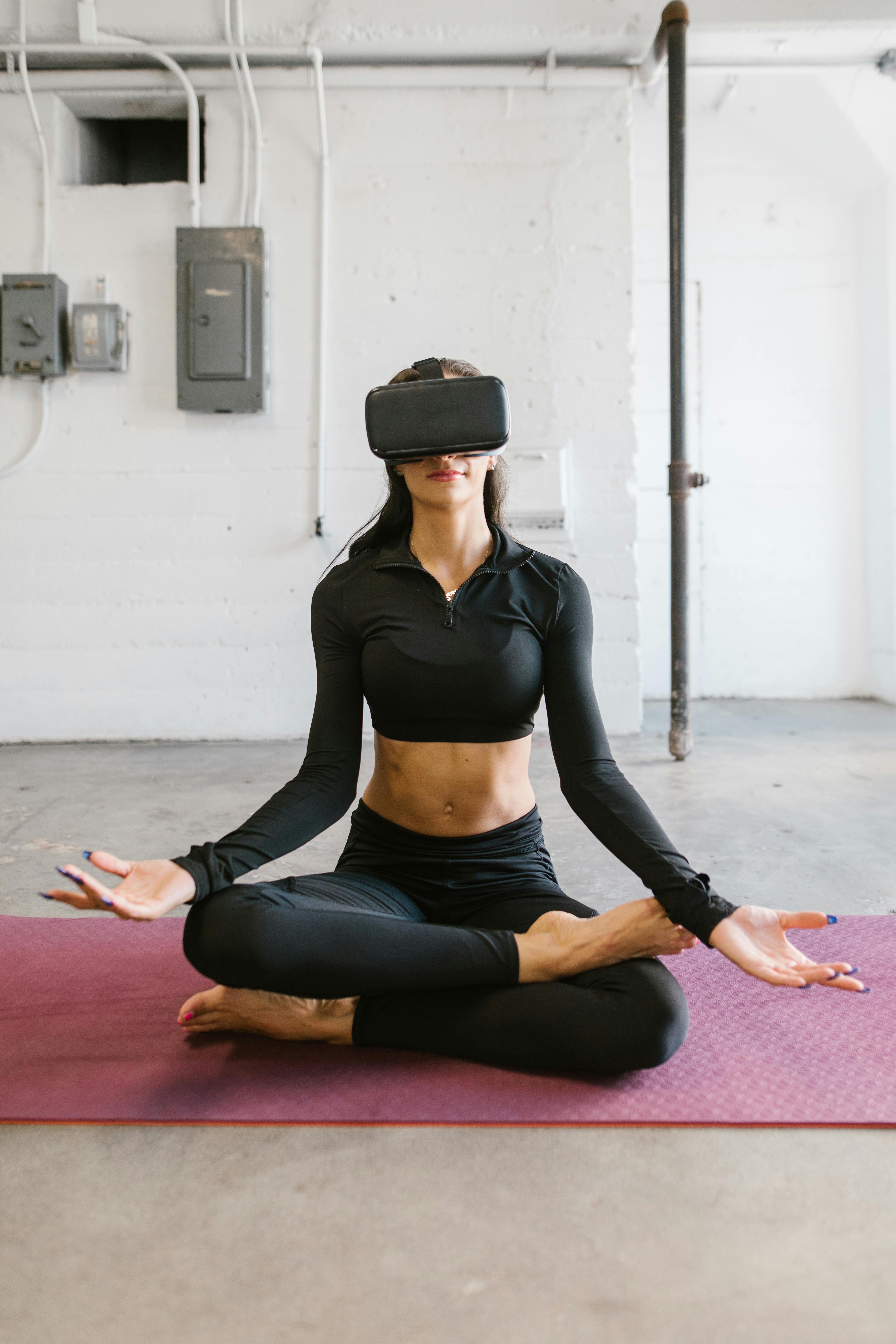If you are a side sleeper, you know the struggle of finding the perfect position to drift off into dreamland. But fear not, dear reader, for we have gathered a treasure trove of sleeping tips specifically tailored for side sleepers like yourself. From pillow selection to proper spinal alignment, this article will guide you through the maze of sleep, ensuring that you wake up refreshed and ready to seize the day. So, grab your favorite blanket, tuck yourself in, and let’s embark on a journey to discover the secrets of a restful night’s sleep for side sleepers.
Sleeping Tips for Side Sleepers
If you’re a side sleeper, you’re not alone! Many people find that sleeping on their side is the most comfortable position for a restful night’s sleep. However, it’s important to ensure that you maintain proper alignment and support for your neck, spine, and hips. In this article, we’ll explore some essential tips to help you optimize your side sleeping experience and wake up feeling refreshed and pain-free.

Choose the Right Pillow
One of the most important factors for side sleepers is choosing the right pillow. A well-suited pillow can provide the necessary support and alignment for your neck and shoulders. Here are a few key considerations when selecting a pillow:
Opt for a Contoured Pillow
Contoured pillows are specifically designed to provide support to various parts of your head and neck. They have a curved shape that cradles your neck, reducing strain and promoting proper alignment.
Choose the Right Height
The height of your pillow can greatly impact your sleeping experience. If your pillow is too high, it can strain your neck and lead to discomfort. On the other hand, a pillow that is too low may not provide adequate support. Find a pillow height that keeps your neck in line with your spine for optimal alignment.
Consider a Pillow with Adjustable Loft
Adjustable loft pillows allow you to customize the height to suit your personal preferences and needs. This feature is particularly beneficial if you find that your pillow height needs vary throughout the night or if you’re not sure which height works best for you.
Find the Perfect Mattress
In addition to the right pillow, side sleepers should also consider their mattress. A mattress that is too soft or too firm can throw off your body’s natural alignment, leading to discomfort and pain. Here are some tips for finding the perfect mattress:
Look for a Medium-Firm Mattress
A medium-firm mattress strikes the right balance between comfort and support for side sleepers. It provides enough cushioning to alleviate pressure points while still maintaining proper spinal alignment.
Consider Memory Foam
Memory foam mattresses are known for their contouring properties, which can be particularly beneficial for side sleepers. They adapt to your body shape, relieving pressure points and promoting proper alignment.
Try a Hybrid Mattress
Hybrid mattresses combine the benefits of both memory foam and innerspring mattresses. They typically have a layer of memory foam on top for comfort and pressure relief, complemented by a support core of pocketed coils for added support and breathability.
Look for Zoned Support
Some mattresses offer zoned support, which means they are designed to provide different levels of firmness and support to various areas of your body. Look for a mattress with targeted support for your shoulders and hips to maintain proper alignment while you sleep.

Support Your Neck and Spine
Supporting your neck and spine is essential for side sleepers to prevent pain and discomfort. Here are a few tips to help you achieve proper neck and spinal alignment:
Opt for a Pillow with Neck Support
Choosing a pillow that specifically targets neck support can greatly enhance your side sleeping experience. These pillows usually have a built-in contour that cradles your neck, allowing it to stay aligned with your spine.
Ensure Proper Spinal Alignment
Make sure that your head, neck, and spine are all in a straight line when lying on your side. This alignment reduces strain on your neck and spine, minimizing the risk of waking up with pain or stiffness.
Avoid Pillows that are Too High or Firm
Using excessively thick or firm pillows can cause your neck to bend at an unnatural angle, leading to discomfort. Opt for a pillow that provides adequate support without elevating your head too much.
Maintain Proper Alignment
In addition to supporting your neck and spine, it’s crucial to maintain proper alignment throughout your entire body when sleeping on your side. Here’s how you can achieve that:
Align Your Ear, Shoulder, and Hip
Check that your ear, shoulder, and hip are in a straight line while lying on your side. This alignment supports the natural curvature of your spine and ensures that no part of your body is twisted or strained.
Sleep on a Firm Surface
Sleeping on a firm surface, such as a mattress or surface with adequate support, can help maintain proper alignment. A mattress that’s too soft may cause your body to sink, throwing off alignment and leading to discomfort.
Avoid Twisting Your Spine
During sleep, it’s common for our bodies to shift and move. However, try to avoid twisting your spine excessively. Twisting can strain your back and cause discomfort in the morning. If you tend to toss and turn, consider using a body pillow for added support.

Consider Using a Body Pillow
Using a body pillow while sleeping on your side can provide additional support and comfort. Body pillows are long, cylindrical pillows that can be hugged or placed between your legs. Here’s why using a body pillow is beneficial:
Benefits of Body Pillows
Body pillows can help alleviate pressure points, reduce strain on your joints, and enhance spinal alignment. They provide support and cushioning to different parts of your body, promoting a more comfortable and restful sleep.
Choose the Right Size
Body pillows come in various sizes, so it’s essential to choose one that suits your body and sleeping style. Depending on your preferences, you can opt for full-body pillows, which extend the entire length of your body, or smaller-sized ones that target specific areas like your knees.
Utilize the Body Pillow for Support
Place the body pillow between your legs to keep your hips aligned and prevent your top leg from pulling your spine out of alignment. You can also hug the body pillow to improve shoulder support and maintain stability while sleeping.
Try Different Sleeping Positions
While side sleeping is generally considered beneficial for spinal alignment, it’s always worth experimenting with various positions to find what feels most comfortable for you. Here are some tips for trying different sleeping positions:
Experiment with Various Side Sleeping Positions
There’s no one-size-fits-all position for side sleeping. Some side sleepers find that sleeping with their arms down is most comfortable, while others prefer placing their bottom arm in a different position. Try different variations to discover what works best for you.
Sleep on Your Non-Dominant Side
If you’re experiencing discomfort on one side, try switching to your non-dominant side. This can help distribute pressure more evenly throughout your body and relieve strain on certain areas.
Avoid Curling into a Fetal Position
While curling into a fetal position may feel cozy, it can restrict your breathing and potentially cause issues with your neck and spine alignment. Try to stay as straight as possible while sleeping on your side.
Avoid Sleeping on Your Stomach
While it can be challenging to change your preferred sleeping position, sleeping on your stomach may not be the best choice for side sleepers. Here’s why you should avoid stomach sleeping:
Strain on the Neck and Spine
Sleeping on your stomach forces your neck to be turned to the side for an extended period. This can strain your neck muscles and lead to discomfort or pain upon waking.
Limited Breathing
Stomach sleeping can restrict your airways, making it harder to breathe properly throughout the night. If you find yourself waking up feeling short of breath, it may be time to transition to a new sleeping position.
Potential for Numbness and Tingling
Sleeping on your stomach often involves tucking your arms underneath your body, which can compress nerves and lead to numbness and tingling sensations. This can be uncomfortable and disrupt your sleep quality.
Manage Pressure Points
One of the challenges for side sleepers is managing pressure points, as certain areas of the body bear more weight when lying on your side. Here are some tips to alleviate pressure points:
Use a Pressure-Relief Pillow
Pressure-relief pillows are designed to distribute weight evenly and reduce pressure on specific areas, such as your head, neck, and shoulders. Consider investing in one to enjoy a more comfortable side sleeping experience.
Alternate Sides
If you consistently experience discomfort on one side, try alternating sides throughout the night. This can help prevent excessive pressure on a specific area and promote better blood circulation.
Consider a Mattress Topper
A mattress topper can provide an extra layer of cushioning, helping to alleviate pressure on your hips and shoulders. Look for a topper specifically designed for side sleepers for optimal comfort.
Use a Pillow Between Your Knees
Placing a pillow between your knees can make a significant difference in your side sleeping experience. Here’s why using a knee pillow is beneficial:
Benefits of Using a Knee Pillow
Using a knee pillow helps keep your hips aligned, preventing your top leg from pulling your spine out of position. It also helps alleviate pressure on your knees and improves blood circulation.
Proper Pillow Placement
When using a knee pillow, ensure that it is positioned between your knees and not directly under your thigh or calf. This placement will provide the most effective support and alignment for your hips and spine.
Types of Knee Pillows
Knee pillows come in various shapes and materials, including memory foam, contour foam, and inflatable options. Choose a knee pillow that suits your personal preferences and provides the right level of support.
By following these sleeping tips for side sleepers, you can enhance your sleep quality, wake up feeling rejuvenated, and prevent any unnecessary aches and pains. Remember, finding the right pillow, mattress, and sleeping position is key to achieving optimal comfort and support. Sweet dreams!







